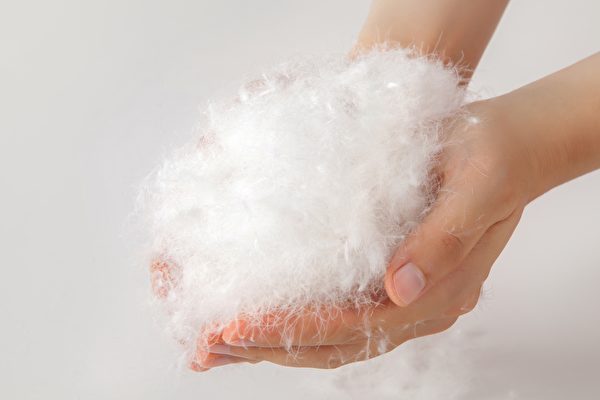In recent days, the price of Chinese down feathers has risen to 580,000 yuan per ton (RMB, hereinafter), which means that as winter approaches, the prices of down jackets will once again increase. However, many netizens have expressed their disagreement with this. The news has quickly become a hot topic online.
According to several mainland media outlets such as the Financial Association, on November 19, industry insiders engaged in the down feather business at the Quingdao down market revealed that the price of down feathers now changes daily. The lowest price for 90% white duck down was 1.17 million yuan per ton, and now it is nearly 1.58 million yuan per ton, while goose down is currently priced at 1.98 million yuan per ton. A short adult down jacket requires the down of approximately 100 ducks, and due to the increase in raw material costs, the factory price from reputable manufacturers is approaching 1,000 yuan.
The insider believes that the reason for this situation is the decreasing number of people raising ducks.
Many netizens, however, do not agree with the industry insider’s statement that “a short adult down jacket requires the down of approximately 100 ducks.”
Netizen “Argumentative Expert” stated: “For conscientious companies, using 500 grams of duck down for a down jacket, with 580,000 yuan per ton, can produce 2,000 down jackets. The cost of down per jacket would be 290 yuan, adding labor and other fabric costs, a factory price of 600 yuan should be sufficient, right? Is a retail price of 800-1000 yuan acceptable?”
“YoYoPanda” revealed: “Normally, we use 200 grams for filling, which is 34 yuan.”
Netizen “karkit” commented: “In fact, there are more strange things inside down jackets, not just feathers.”
More netizens criticized that the price of mainland down jackets has risen too sharply in recent years. Some netizens mentioned that down jacket prices are too expensive, and they can’t afford them anymore, thus opting for buying cotton coats instead.
Public information shows that down feathers grow on ducks’ abdomens in a floret shape. Down feathers can contract and expand with temperature changes, providing thermal insulation by absorbing and trapping the body’s emitted heat while blocking the invasion of cold air from the outside.
Generally, down feathers come from two main sources: goose down and duck down. The longer the geese or ducks are raised, the more mature their feathers become, resulting in better fluffiness, warmth, and comfort. With the extended growth cycle of ducks, the fluffiness of older duck down may be better than that of young goose down, possibly with a lighter odor.

